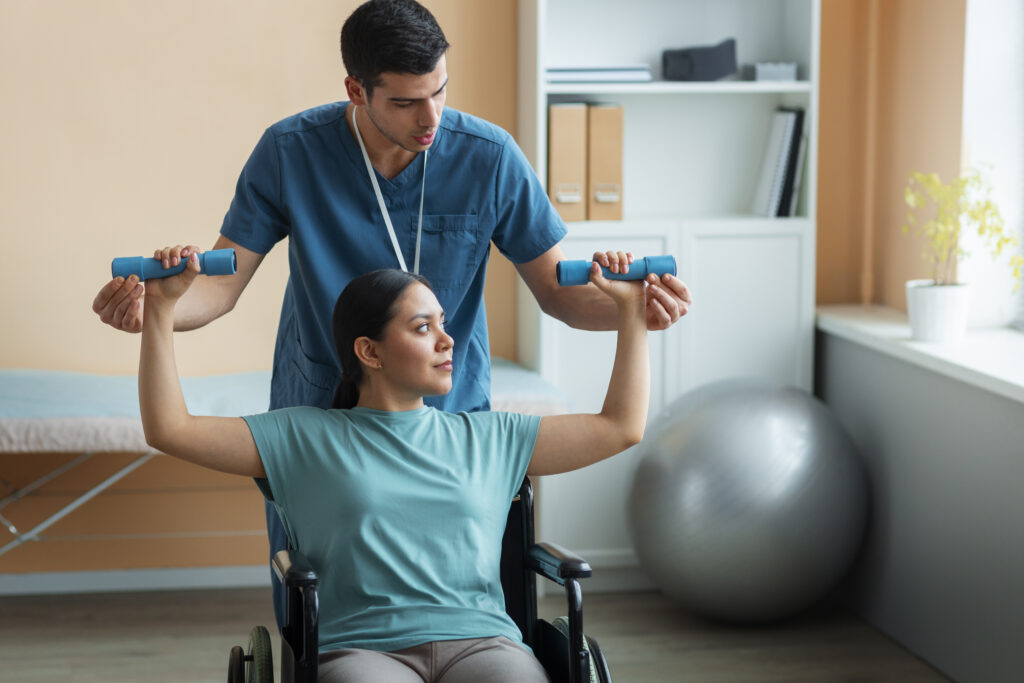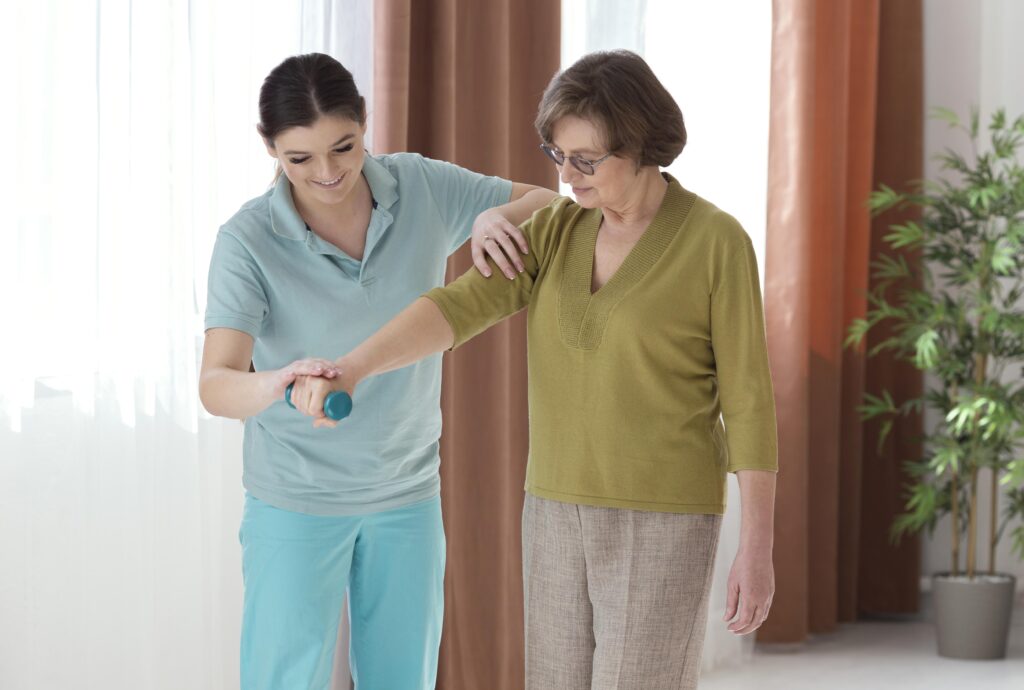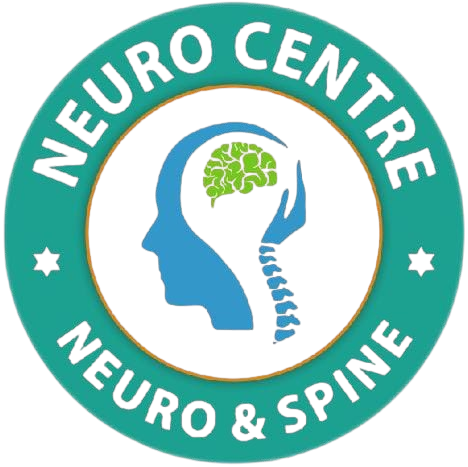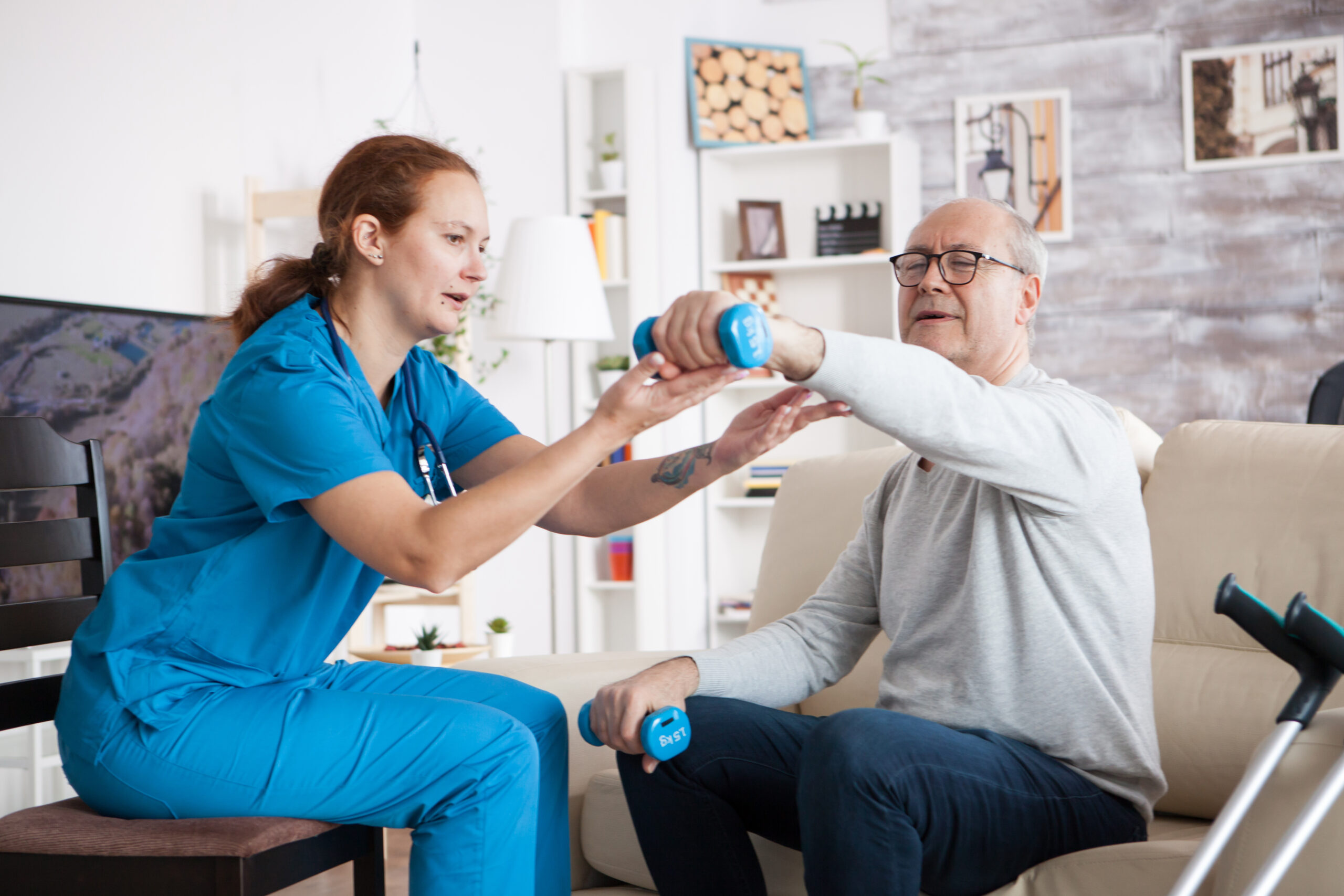Essential Stroke Rehabilitation Exercises: Rebuilding Strength After Paralysis
Stroke rehabilitation is long and emotional, but under gentle direction, patience, and persistent effort, a stroke survivor becomes independent and powerful again. Recovery from paralysis after a stroke is the retraining of muscles and the brain to function together. Early intervention is important to achieve maximum outcomes, and with expert hands, like at Neurocentre, Jamshedpur, by Dr. M.N. Singh, Best Neurologist in Jharkhand, patients can improve dramatically.
What to Know About Stroke Paralysis Recovery
A stroke is experienced when blood supply to a section of the brain is cut or decreased, cutting off oxygen and nutrients to brain tissue. This can lead to paralysis, which could be unilateral. Treatment for stroke paralysis in Jamshedpur is aimed at enabling patients to regain lost motor function, coordination, and muscle control.
Stroke rehabilitation begins early once the patient’s medical status is stabilized, usually within 24 to 48 hours of the stroke. Rehabilitation early on also protects against certain complications such as stiffness of muscles, joint contracture, and loss of mobility.
Neurocentre’s Dr. M.N. Singh highlights the application of customized rehabilitation programs with physical therapy, occupational therapy, and neurological counseling to result in better rehabilitation from paralysis following a stroke.

Importance of Stroke Rehabilitation Early On
Rehabilitation in the early phases of a stroke is important for effective recovery. It allows the brain to rewire itself, neuroplasticity, a process by which new routes are established and are capable of replacing destroyed ones.
Advantages of early rehabilitation are:
- Faster recovery of muscle strength and mobility.
- Better balance and coordination.
- Fewer opportunities for secondary complications like pressure sores and blood clots.
- Better emotional and psychological adjustment.
By the treatment of Dr. M.N. Singh and his team at Neurocentre, Jamshedpur people and other regions of Jharkhand can access evidence-based treatment tailored to their disease and rehabilitation.
Key Stroke Rehabilitation Exercises
Stroke rehabilitation exercises are a critical element for strength, mobility, and confidence building. Some of the best beneficial exercises prescribed for recovery from stroke paralysis are given below:
1. Range of Motion Exercises
These exercises decrease stiffness and increase flexibility of muscles and joints. Shoulder, elbow, wrist, knee, and ankle shoulders, elbows, wrists, knees, and ankles can be performed with passive movement (with therapist or caregiver) and active movement (you yourself).
Example:
- Roll the shoulder in tiny circles slowly.
- Bend and straighten out slowly the aching arm or leg.
2. Strengthening Exercises
As tone returns to muscles, so does endurance and function return. Start with light weights or light resistance bands.
Example:
- Slowly compress a soft ball in the hand in order to build hands.
- Seated leg extension using a resistance band.
3. Exercises of Balance and Coordination
Balance exercises are necessary in order to avoid falls and increase body stability. They are an essential part of stroke rehabilitation early on.
Example:
- Stand with shoulder-width feet and shift weight from side to side.
- Walk in a straight line or between lines with assistance.
4. Hand and Finger Exercises
The fine motor function is usually impaired following a stroke. The finger exercises are done daily to improve dexterity.
Example:
- Pick up small objects such as coins or marbles.
- Do finger-tapping or thumb-to-finger touching exercises.
5. Gait Training
In gait-impaired patients, gait training re-trains gait patterns and re-learns muscles. The most frequently used methods by Neurocentre therapists are aids or robotic devices for optimal effect.
The Role of Specialized Supervision in Stroke Rehabilitation
Expert supervision for exercise is safe and rewarding. Neurocentre personnel, under Dr. M.N. Singh’s leadership, emphasizes bringing together physical therapy and neurological examination to ensure effective monitoring.
One of the Top Neurologists in Jharkhand, Dr. M.N. Singh deals with Jamshedpur stroke paralysis treatment and provides customized rehabilitation plans according to the patient’s unique condition. The experience with the latest equipment, evidence-based practice, and sympathetic treatment brings Neurocentre at the center of stroke paralysis rehabilitation.
Emotional and Psychological Rehabilitation
Physical rehabilitation is just half the way; mental rehabilitation is needed. Depression, anxiety, and frustration are the usual post-stroke states. Counselling, social support, and goal setting step-by-step can motivate the patients.
Emotional and psychological counselling are also included in the whole treatment by Neurocentre, and hence the patients build up confidence and lead normal life with a positive attitude.

Conclusion: Reclaiming Life After Stroke
Stroke paralysis rehabilitation is a prolonged one but achievable. With unshakable will power, rigorous exercise, and total neurological rehabilitation, stroke patients are able to regain mobility, independence, and hope. Prompt stroke rehabilitation with proper well-guided instructions of qualified experts yields superior outcomes and quick progress.
If you or your family member needs stroke paralysis treatment in Jamshedpur, meet Dr. M.N. Singh at Neurocentre, Jharkhand’s Top Neurologist. His treatment approach to stroke, whose three dimensions are medical expertise, current guidelines of treatment, and counselling advice, rehabilitates patients on the path to strength, movement, and confidence towards a life ahead.







